At the Tarkwa gold mine, one of Africa’s largest, operated by Gold Fields, drones equipped with high-resolution cameras and terrain scanning systems have become the primary monitoring tool. Covering an area of 210 square kilometers, the area was previously nearly impossible to monitor by human hands due to the dense vegetation and rugged terrain.

A surveillance drone is deployed over the Gold Fields gold mine area in Tarkwa, Ghana. (Source: Reuters)
Drones help security forces spot signs of intrusion. Aerial photos show a surveillance drone being deployed over an area of the Gold Fields gold mine, locating the suspected location and directing a rapid response team to the scene within minutes. This has helped detect illegal gold mining groups, which often operate deep in forests or along rivers, much earlier than before.

Security personnel check a surveillance drone at the Gold Fields gold mine in Tarkwa, Ghana. (Source: Reuters)
In recent operations, Ghanaian authorities have seized a range of illegal mining equipment, including diesel water pumps, “chanfan” processing machines used to extract gold from riverbeds, and toxic chemicals such as mercury and cyanide. The heavily polluted waters of the African Amazon are one of Ghana’s most serious environmental problems.
Technology changes the fight against gold smuggling
Drones are not only used to catch criminals, but also to monitor the extent of environmental damage at illegal mines. Aerial images allow authorities to quickly identify landslides, contaminated water areas, and detect new mining camps.

Security staff monitor live images from the surveillance camera system inside the central control room. (Source: Reuters)
According to Ghana’s Ministry of Natural Resources, the surveillance technology is being expanded to other areas, including Obuasi, Bibiani and Ahafo, where illegal gold has been rampant for years. Authorities are also working with Interpol and Ameripol to share data and methods to track illegal mining across borders.
In parallel, the Ghanaian government is deploying a “gold trail” database system, using morphological analysis and artificial intelligence to identify the origin of confiscated gold samples – similar to the “gold DNA” technology that Brazil is applying. This is considered a major step forward to help investigative agencies link evidence to specific mining areas, thereby prosecuting criminal responsibility for illegal mining groups.

Security personnel prepare to operate a surveillance drone at the Gold Fields gold mine. (Source: Reuters)
According to a United Nations report published in May 2025, more than 10 million people in sub-Saharan Africa are making a living from artisanal gold mining. West Africa alone has about 3–5 million unregulated gold miners, contributing 30% of the region’s total gold production.
However, the boom in illegal gold mining has caused serious environmental damage and has brought many communities into conflict with legal mining companies. Since late 2024, nearly 20 illegal miners have died in clashes with security forces at major mines in Ghana, Guinea and Burkina Faso.
Experts warn that although technology helps control resources more effectively, without alternative livelihood policies and support for the local economy , the situation of people returning to illegal gold mining will continue.
Source: https://vtcnews.vn/dung-drone-ngan-chan-khai-thac-vang-trai-phep-ar971867.html






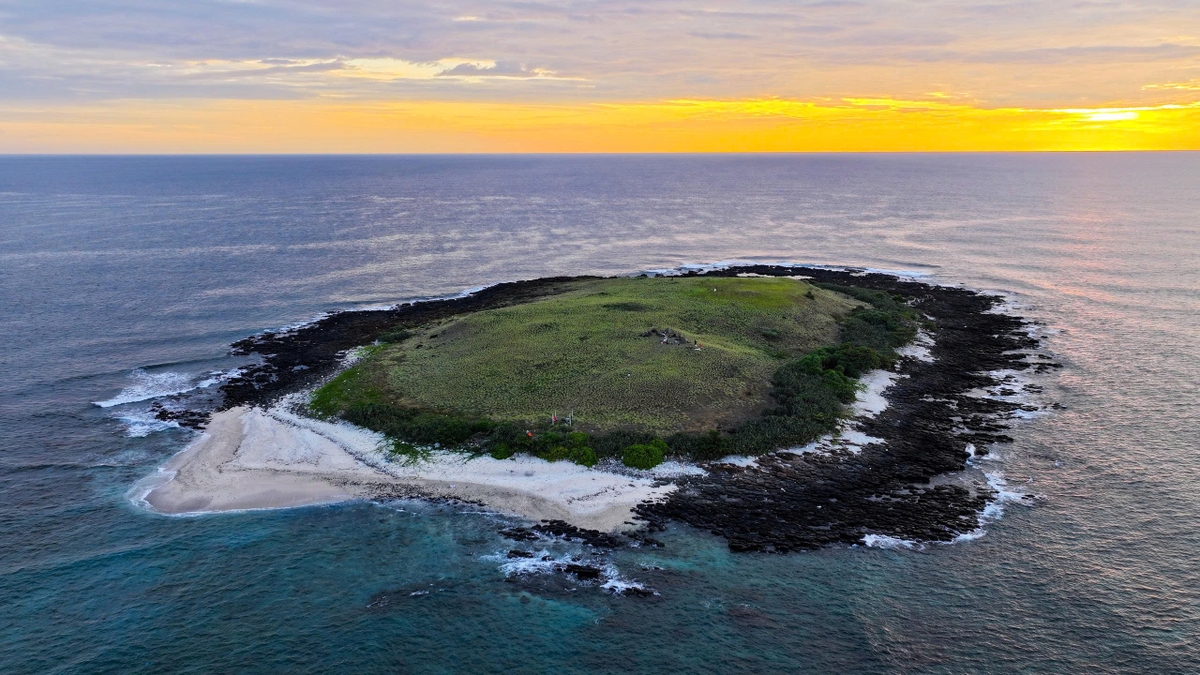

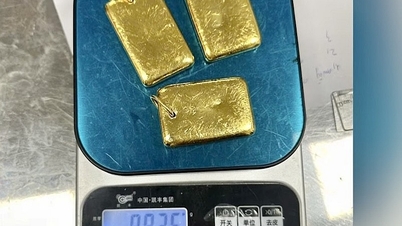



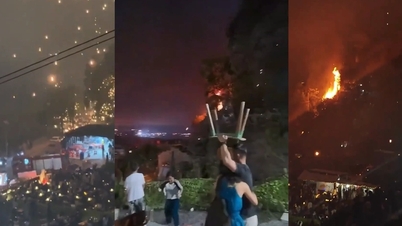



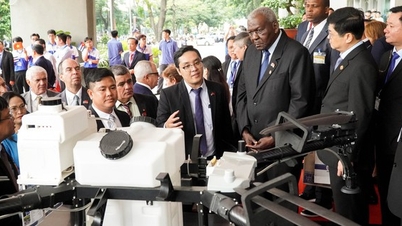





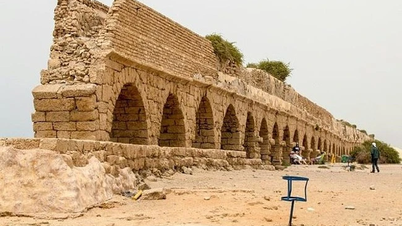














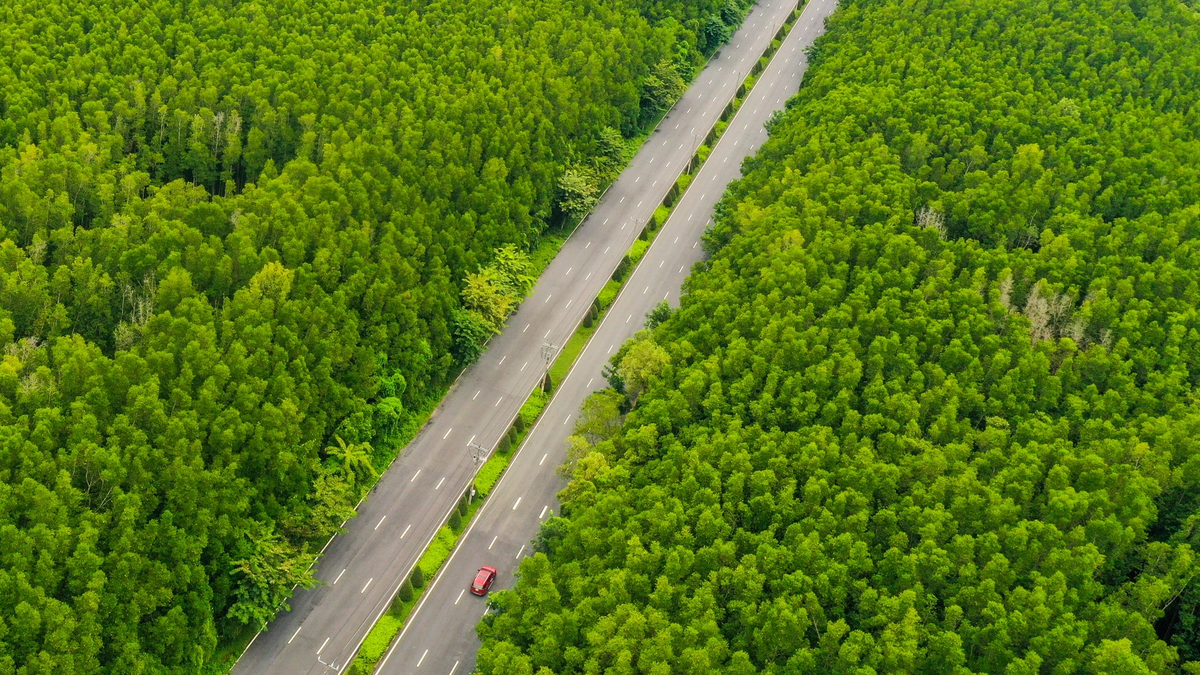

















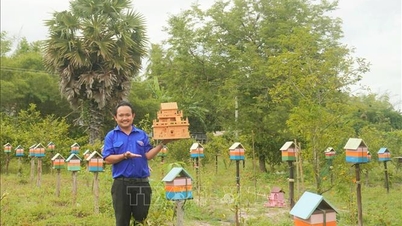

















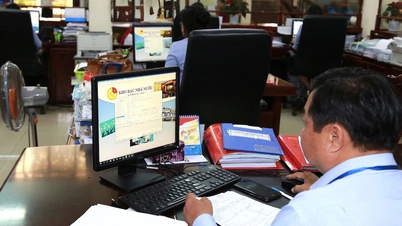
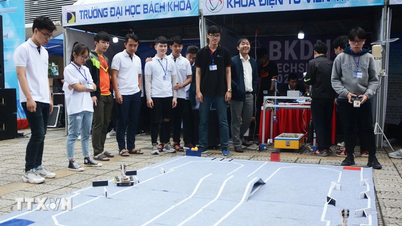











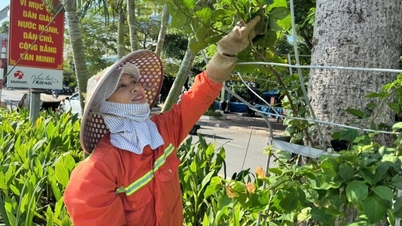






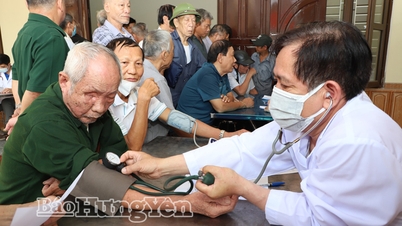












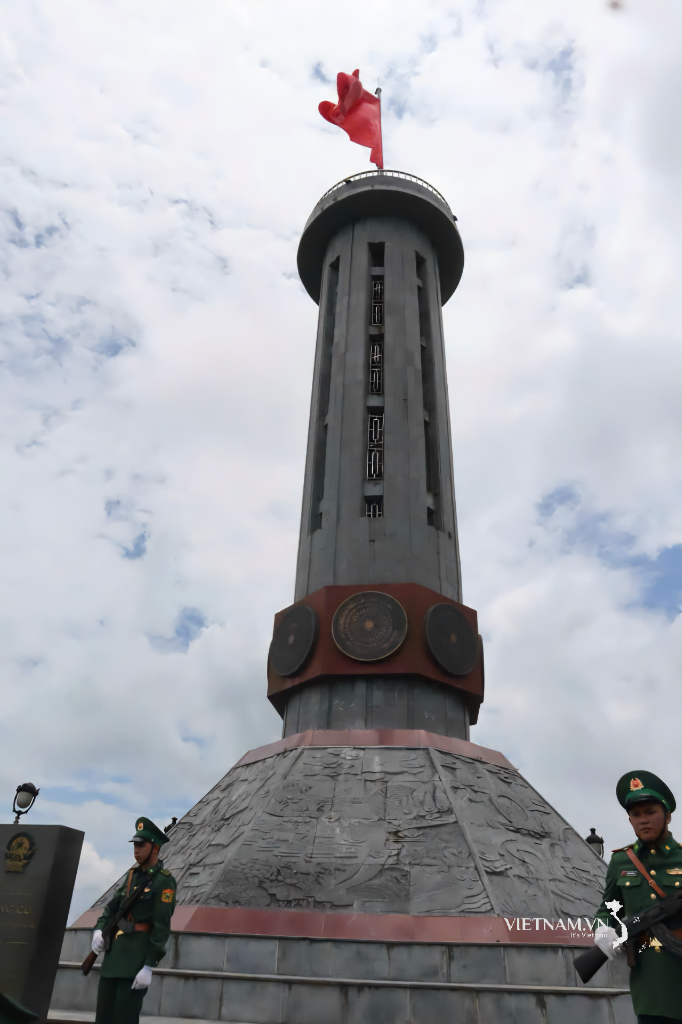

Comment (0)